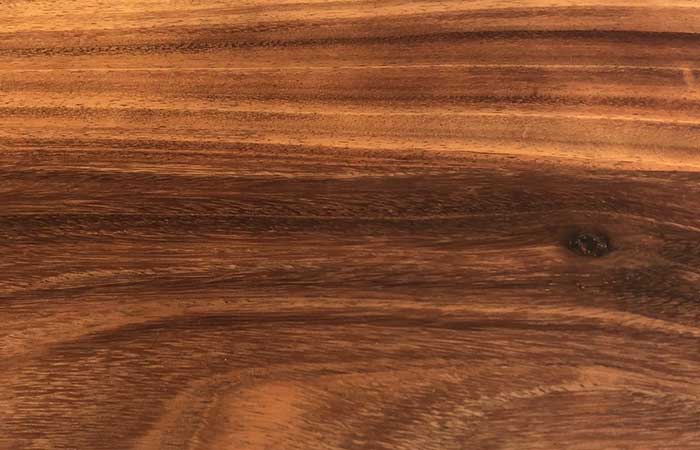
Parota
Common Name(s): Guanacaste, Parota
Scientific Name: Enterolobium cyclocarpum
Color/Appearance: Heartwood is light to medium brown, sometimes with a reddish hue. Darker streaks of brown are sometimes present. Sapwood is pale yellow and is clearly demarcated from the heartwood.
Grain/Texture: Grain usually slightly interlocked. Very coarse texture. Moderate natural luster.
Endgrain: Diffuse-porous; solitary and radial multiples; very large pores in no specific arrangement, very few; mineral/gum deposits occasionally present; parenchyma vasicentric, confluent; narrow to medium rays, spacing wide.
Rot Resistance: Rated as durable to very durable; mixed insect resistance.
Workability: Easy to work with hand and machine tools. However, tearout is common during planing, and fuzzy surfaces may be seen after machining, especially on quartersawn surfaces. Glues and finishes well.
Odor: No characteristic odor.
Allergies/Toxicity: Although severe reactions are quite uncommon, Guanacaste has been reported to cause eye and respiratory irritation. See the articles Wood Allergies and Toxicity and Wood Dust Safety for more information.
Source: https://www.wood-database.com/guanacaste/
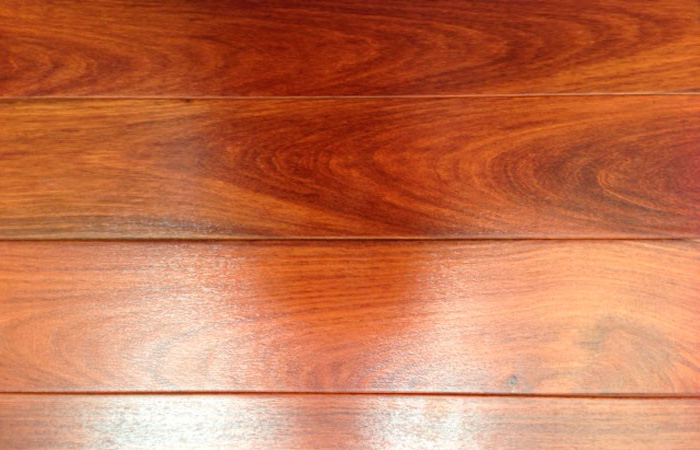
Machiche
Also called Jatoba or Brazilian Cherry, this hardwood grows from the Caribbean and southern Mexico to northern South America and Brazil. The wood's yellowish-brown to dark reddish-brown gives it a distinct color. Machiche wood features low cupping, splitting and splintering characteristics, and is also highly resistant to rotting. Machiche also offers low heat retention. Our Machiche finish renders a red to dark-golden, flat surface. It offers a resistance of 1,500 pounds per square inch, making it suitable for low traffic applications. It includes a 10-year warranty when used for interiors.
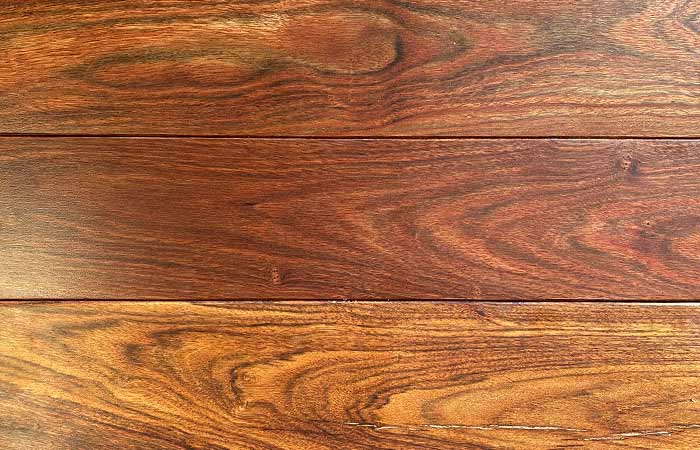
Chechen
Chechen is an exotic wood from the Yucatan peninsula in Mexico. It offers a wide range of colors and patterns variation from dark chocolate to light butterscotch colors. Chechen is hard and dense, which allows the wood to polish to a high sheen without effort.
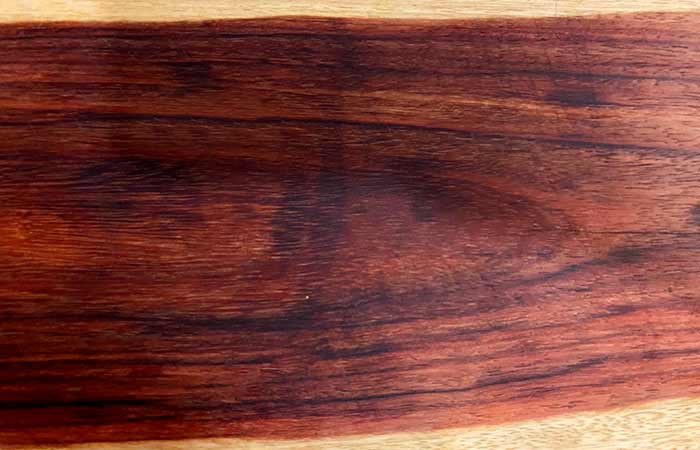
Granadillo
“Granadillo” is the common name most frequently applied to the quality hardwood that comes from several species within the Platymiscium genus. While there are 19 different types of Platymiscium, the 3 most prominent ones on the market are Platymiscium yacatanum, Platymiscium pinnatum and Platymiscium pleiostchyum. Each of these have overlapping growing regions and offer a slightly different experience. All are quality hardwood providing exceptional character, color and tonality.
Granadillo is prized for its reddish brown coloring that routinely includes blacks, violets and oranges mixed in; it has proven itself time and again as a premiere choice for both musical instruments and furniture alike. Granadillo responds very well to turning and emits a caramel like scent when worked. It is also an excellent alternative to cocobolo for those who do not wish to deal with the excessive oil and potential allergic reactions that true rosewoods sometimes induce. Typical straight grain patterns with some irregularity, it is also known to have frequent figuring. As with all Platymiscium species, the heartwood is also extremely resistant to fungi and termite attack, which is due to its content of secondary metabolites.
P. yucatanum: Granadillo that is indigenous to the Yucatan peninsula of southern Mexico, Belize and northern Guatemala and is known for more saturated color tones and frequent figuring in the logs. Found to be slightly denser than the other granadillo species.
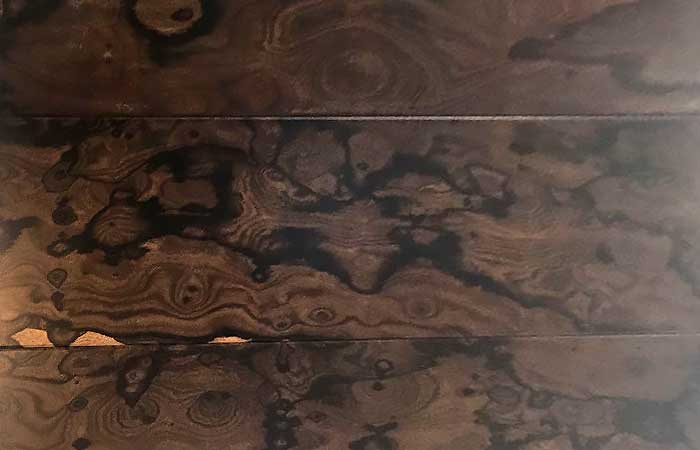
Ziricote
Color ranges from medium to dark brown, sometimes with either a green or purple hue, with darker bands of black growth rings intermixed. Ziricote has a very unique appearance, which is sometimes referred to as “spider-webbing” or “landscape” grain figure. Ziricote is naturally resistant to decay. A truly unique-looking wood, Ziricote has very few imitators; perhaps only the occasional piece of figured Brazilian Rosewood exhibits the same spider-webbing grain figure.

